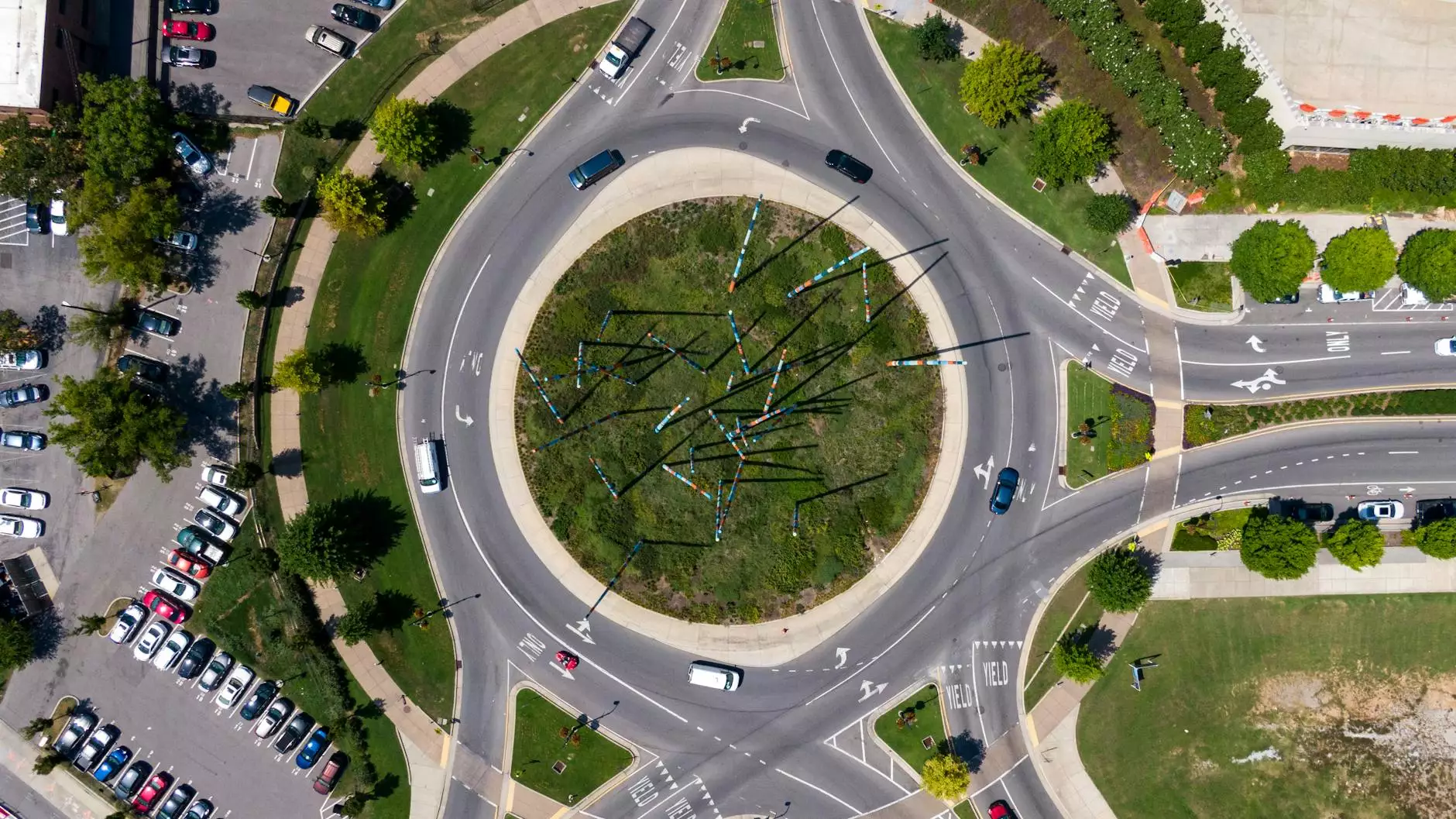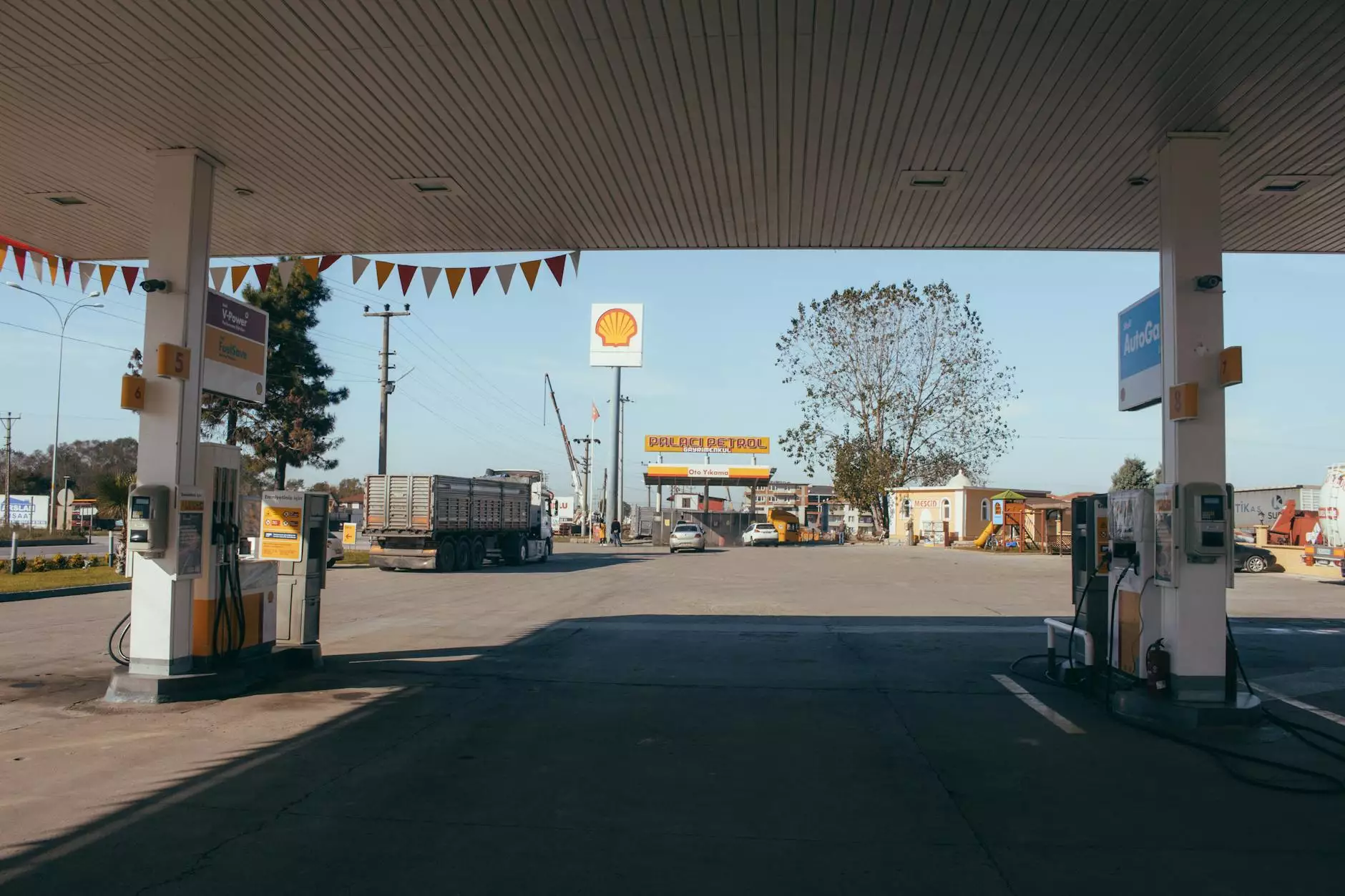PURPOSE OF A ROUNDABOUT

Introduction
Welcome to The Auto Experts, your go-to source for all things automotive. In this comprehensive guide, we will delve into the purpose of a roundabout, exploring its benefits, usage, safety measures, and its contribution to optimized traffic flow. Whether you're a seasoned driver or looking to enhance your knowledge, we have all the information you need to navigate roundabouts with confidence.
Understanding Roundabouts
Roundabouts are circular intersections designed to enhance traffic flow and improve safety. Unlike traditional intersections governed by stop signs or traffic lights, roundabouts utilize yield control, allowing vehicles to enter without coming to a complete halt unless necessary. This continuous flow design minimizes delays, increases efficiency, and reduces the risk of severe accidents.
Benefits of Roundabouts
Roundabouts offer several advantages over traditional intersections. Some key benefits include:
- Improved Traffic Flow: Roundabouts facilitate smooth traffic movement, especially during peak hours. Vehicles entering the roundabout yield to those already circulating, ensuring a constant flow, reduced congestion, and minimal delays.
- Reduced Collisions: The circular design of roundabouts eliminates the risk of high-speed "T-bone" or head-on collisions typically associated with traditional intersections. Instead, collisions are relatively rare and tend to occur at lower speeds, reducing the severity of accidents.
- Enhanced Safety: By forcing vehicles to travel in the same direction, roundabouts reduce the likelihood of severe accidents caused by conflicting movements or red-light violations. Pedestrians also benefit from dedicated crosswalks and shorter crossing distances.
- Economic Efficiency: Roundabouts are cost-effective long-term solutions, requiring less maintenance and eliminating the need for electricity to power traffic lights. Additionally, improved traffic flow reduces fuel consumption and associated carbon emissions.
Effective Roundabout Usage
Understanding and following the guidelines for roundabout usage is crucial to maximizing their benefits. Here are some essential tips to keep in mind:
Yield to Traffic Inside the Roundabout
When entering a roundabout, always yield to vehicles already inside. Wait for a safe gap, then smoothly merge into the circulating traffic.
Choose the Correct Lane
Roundabouts usually feature multiple lanes, with each intended for a specific exit. Pay close attention to the lane markings and signs, choosing the appropriate lane well in advance to prevent last-minute lane changes.
Use Turn Signals
Indicate your intentions by using turn signals to communicate with other drivers. Signal your exit before reaching it, allowing those behind you to anticipate your movement.
Stay in Your Lane
Maintain your lane position while circulating to ensure a safe and predictable environment for all drivers. Avoid changing lanes unless necessary, and always yield to merging traffic.
Watch for Pedestrians and Cyclists
Roundabouts often have designated crosswalks and bike lanes, so remain vigilant and yield to pedestrians and cyclists when they enter or are about to cross the roadway.
Enhancing Roundabout Safety
To further promote safety within roundabouts, various effective measures can be implemented:
Clear Signage and Road Markings
Visible and well-placed signs and road markings ensure drivers can easily navigate roundabouts. Clear instructions, lane designations, and advanced warning signs help drivers make informed decisions.
Roundabout Education Programs
Community-based educational initiatives can enhance driver awareness and understanding of roundabout usage. These programs provide valuable information, dispel misconceptions, and promote safe navigation through interactive workshops and instructional campaigns.
Continuous Surveillance and Maintenance
Regular surveillance and maintenance procedures are crucial to preserving the functionality and safety of roundabouts. Timely repair of damaged signs, road markings, and other infrastructure elements ensures optimal visibility and helps avoid potential hazards.
Conclusion
Roundabouts are integral components of modern transportation infrastructure, offering numerous advantages over traditional intersection designs. With improved traffic flow, enhanced safety, and economic efficiency, these circular intersections continue to gain popularity worldwide. Remember, by understanding roundabout usage guidelines, exercising caution, and staying informed, you can confidently navigate roundabouts and contribute to safer roads.









